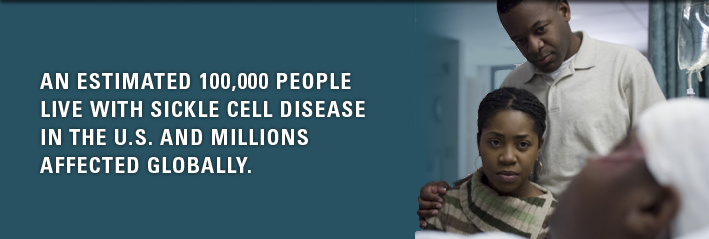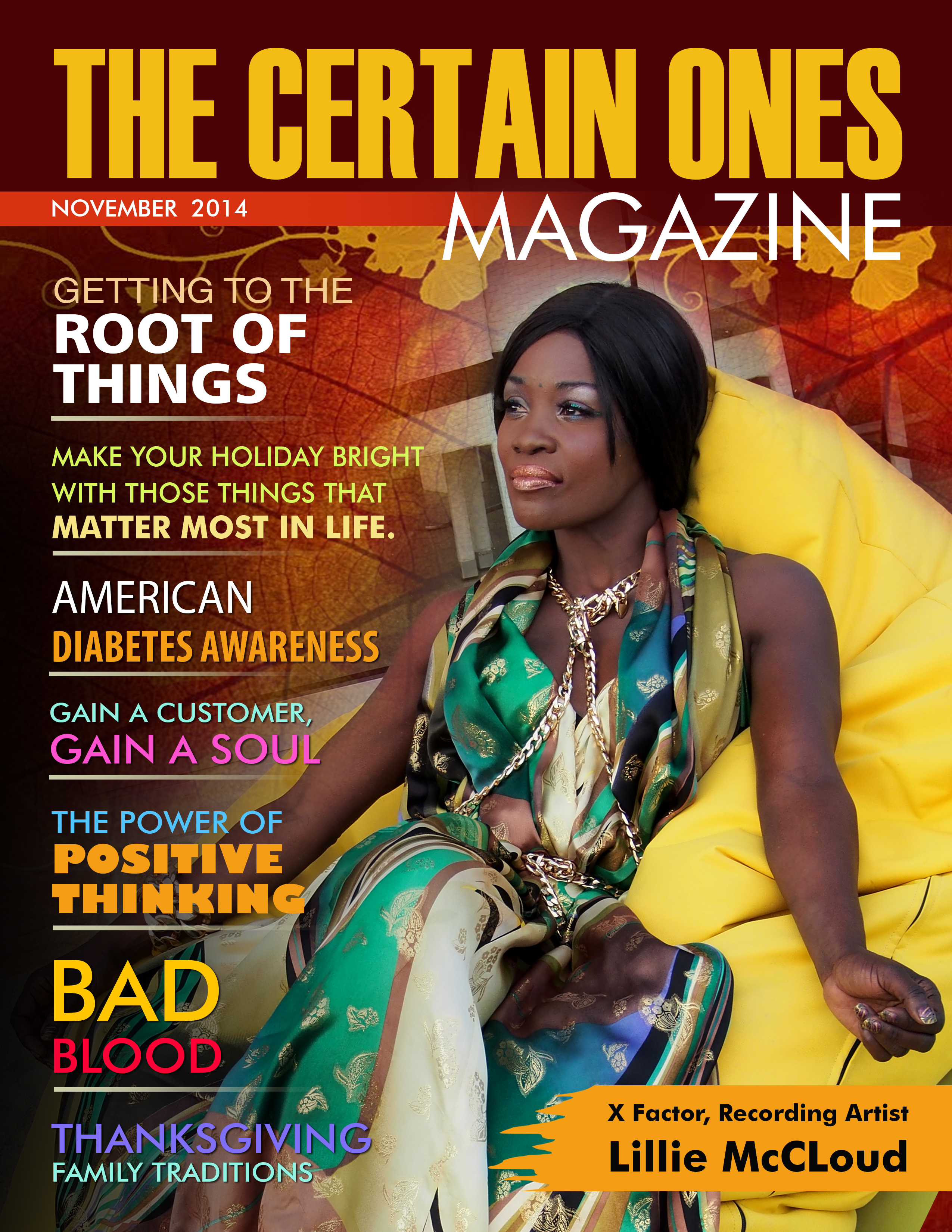Posted by The Certain Ones in Health, Healthy Living and Fitness, Home | 0 Comments
Sickle Cell Awareness
Sickle-cell disease (SCD) or otherwise known as sickle-cell anemia (SCA) represents a hereditary blood disorder, in which red blood cells have an abnormal, rigid, sickle shape. This feature decreases the cells’ flexibility and results in a higher risk of various life-threatening complications. “Sickle-shape” means that the red blood cells resemble a crescent, instead of the normal biconcave disk with a flattened center.
SCD is often encountered in families with origins in Africa, South or Central America (especially Panama), Caribbean Islands, Sothern Europe (Turkey, Greece, and Italy), India, and Saudi Arabia. A pattern emerges showing that sickle-cell disease occurs more commonly among people whose ancestors lived in tropical and sub-tropical sub-Saharan regions. Those regions match the areas where malaria is or was common. In fact, where malaria is common, carrying a single sickle-cell allele (sickle cell trait) represents a genetic advantage because the malaria parasite is unable to reproduce properly in the presence of red blood cell with defective hemoglobin. Thus, the large prevalence of this disease for the population from these parts of the world makes sense.

The normal behavior of red cells, involves a smooth pass through the blood vessels. Sickle cells are stiff and sticky and tend to form clumps that get stuck in the blood vessels and obstruct blood flow through the body. The severity of SCD symptoms varies from person to person. For the large majority, the disease is associated with chronic pain and/or fatigue in arms, legs, chest or abdomen. Many people who have SCD face a shortened life expectancy and a host of recurring, debilitating, and expensive health problems. The effects of sickle cell crises on different parts of the body can cause a number of complications, including infections and organ damage. The most vulnerable organs are the brain and the lungs. The most common life-threatening complications for people who suffer from SCD are strokes and acute chest syndrome. The disease also targets the spleen from an early age. This exposes young children to extensive bacterial infections by impairing the body’s immune system. Another crucial aspect for patients with sickle-cell disease (SCD) is the risk of developing transfusion iron overload, when receiving transfusions of red blood.
The total number of Americans suffering from SCD is estimated to be somewhere between 70,000 and 100,000. In addition to that, about 2 millions share the sickle cell trait. The large figures demonstrate once more that SCD is a big threat for human health and should be looked at with maximum attention.
At this moment, there is no widely available cure for sickle-cell disease, although blood and marrow stem cell transplants may offer a cure for a limited number of cases. The lack of cure does not mean there was no improvement in handling the disease. Over the past century years, medicine has learned a great deal about SCD. There is a continuous effort of research directed towards find new treatments for the disease.
Even since 1983, September is “National Sickle Cell Awareness Month”. Because it is also the month when children return to school, there is no better moment to raise awareness about a condition that has an extended potential of influencing one’s life. Early diagnostic allows early treatment and improves the quality of life for those affected. Like with any less known medical condition, it is important to know that sickle-cell disease is not contagious.
Like any medical condition, sickle-cell disease affects both usual people and celebrities. For example, Larenz Tate, American film and television actor suffers from sickle cell. To bring awareness to this disorder, Larenz, along with his brothers, founded The Tate Brothers Foundation. His work focused on educating people with sickle cell about how to avoid iron overload.
Tionne Tenese Watkins better known by her stage name T-Boz, is an American singer, former lead singer of the girl-group TLC, songwriter, dancer, actress, author, and executive producer. Although she initially hided details of her condition from others, Watkins went public with the disease in 1996 and later became one of the spokespeople for Sickle Cell Disease Association of America. In 2002, she was hospitalized for four months due to a period of intensive anemia caused by sickle-cell disease.
It’s very important for people suffering from SCD to adopt and maintain a healthy lifestyle, take the necessary steps to prevent and control complications and, probably most important, to learn efficient ways to cope with the associated pain. People suffering from sickle cell disease should avoid exposure to extremes of heat and cold. Also, swimming in cold water and exposure to high altitudes can be harmful for the body and trigger a crisis.































